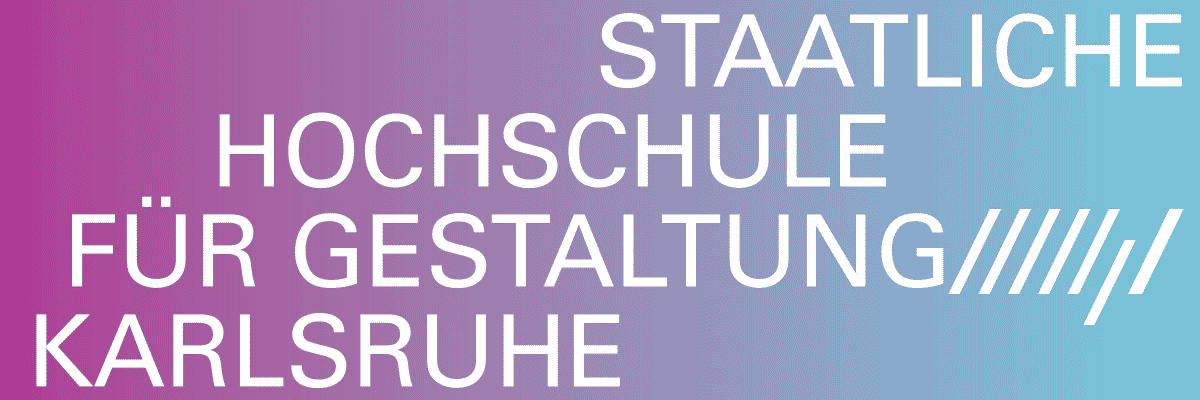
Franziska Nast
RRRRReality. Franziska Nast

Installation view RRRRReality. Franziska Nast, Foto: Mick Vincenz
Advertisement

Installation view RRRRReality. Franziska Nast, Foto: Mick Vincenz

Installation view RRRRReality. Franziska Nast, Foto: Mick Vincenz

Installation view RRRRReality. Franziska Nast, Foto: Mick Vincenz

Installation view RRRRReality. Franziska Nast, Foto: Mick Vincenz

Installation view RRRRReality. Franziska Nast, Foto: Helmut Reinelt
With an overwhelming all-over of tattoos, works on paper, videos, sculptures and even fashion, Hamburg artist Franziska Nast (*1981) transforms the Arp Museum into a dynamic cosmos.
The theme of transformation is at the centre of her first major museum exhibition. Visitors are welcomed with a sculpture on the Rhine and a high-pressure cleaner drawing in front of the entrance and led into the new building by Richard Meier. There they encounter the two tall columns already designed by Franziska Nast in 2012, which she tattooed with symbolic drawings and references.
This work forms the cornerstone of her unique spatial staging of drawings, laser copies on rice paper, tattoos on skin, paper and plastic, sculptures, photographs, videos, textile and ceramic works, upcycled clothing from her brand Fack Fushion and relics of performative actions. With great joy in experimentation, Franziska Nast constantly develops new designs from a wide variety of materials and practices. Within this, language takes on a special significance. Colloquial languages, word (inventions), WhatsApp conversations and text fragments are formed into new and subversive shapes, sentences and stories.
The exhibition concept takes up themes such as uprooting, plants as a motif of longing, architecture, spaces and bodies, family, love and sexuality, birth and death. These are also reflected in the extensive exhibition catalogue, which as an artist's book itself becomes part of the presentation.




